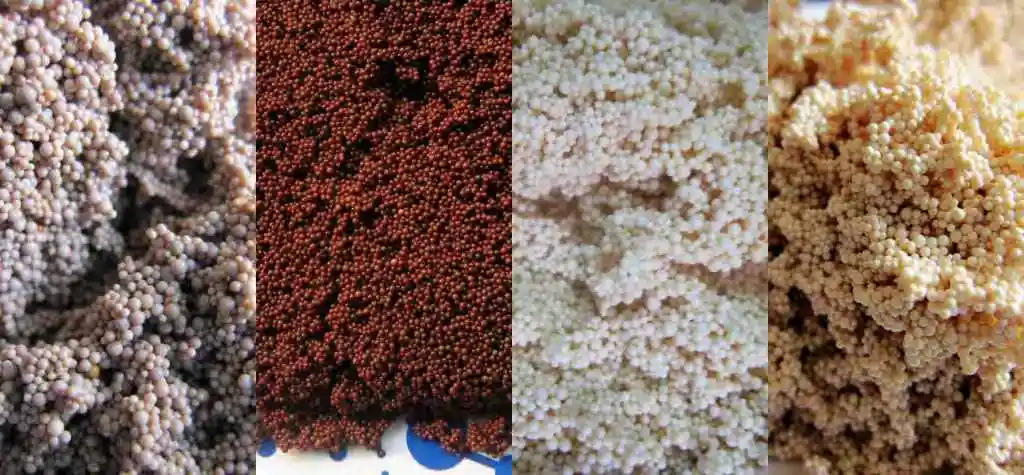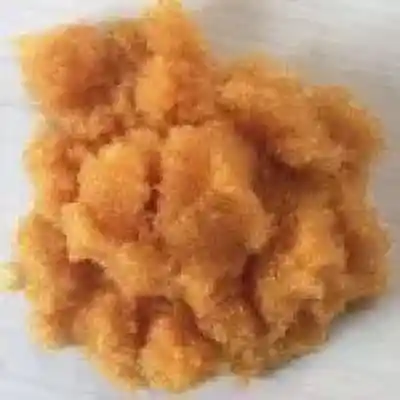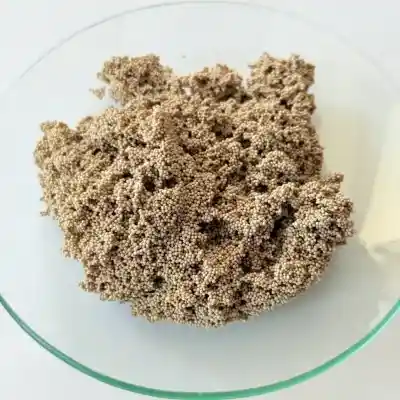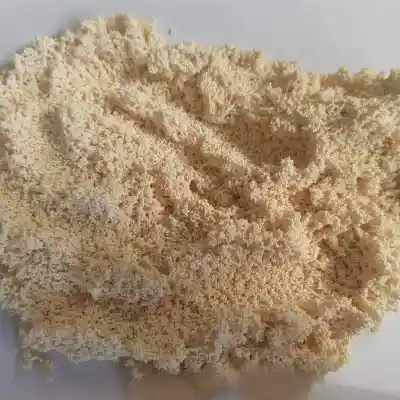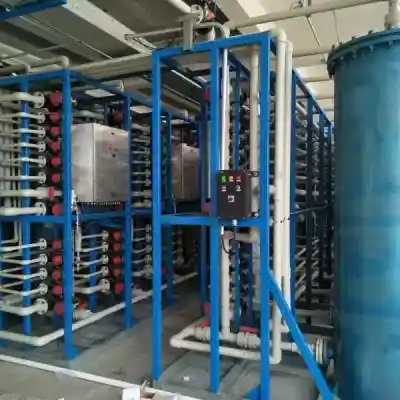1.Resin Pretreatment
Alkali Treatment: Pass 4% sodium hydroxide solution through the column at 1–1.5 BV/h for 4 BV.
Rinse: Rinse with 4 BV of deionized water forward through the column until effluent pH is 8–9.
Acid Treatment: Pass 3% hydrochloric acid solution through the column at 1–1.5 BV/h for 2 BV.
Final Rinse: Rinse with 4 BV of deionized water forward until effluent pH is 5–6. The resin is now ready for use.
2.Resin Adsorption
Feed solution flows through the column at 1–2 BV/h. Monitor effluent parameters (e.g., refractive index, transmittance, pH, conductivity) to determine adsorption endpoint.
After adsorption, rinse with 2 BV of water to remove residual feed solution. Proceed to regeneration.
3.Resin Regeneration
Alkali Treatment: Pass 4% sodium hydroxide solution through the column at 1–1.5 BV/h for 4 BV.
Rinse: Rinse with 4 BV of deionized water forward through the column until effluent pH is 8–9.
Acid Treatment: Pass 3% hydrochloric acid solution through the column at 1–1.5 BV/h for 2 BV.
Regeneration completed.
Note: The above method is standard. Adjustments may be required based on feed solution properties or processing goals. Consult our application engineers for specific guidance – support@hrresin.com
Attention
Use only deionized water during resin handling.
Avoid air bubbles in the resin bed to prevent channeling and ensure efficiency.
Prevent microbial contamination: Thoroughly rinse the resin after use to remove accumulated impurities.
